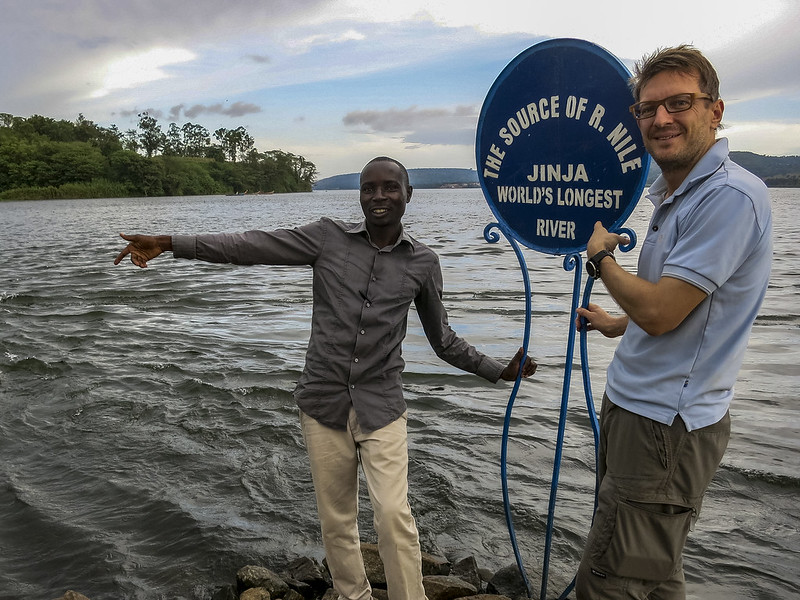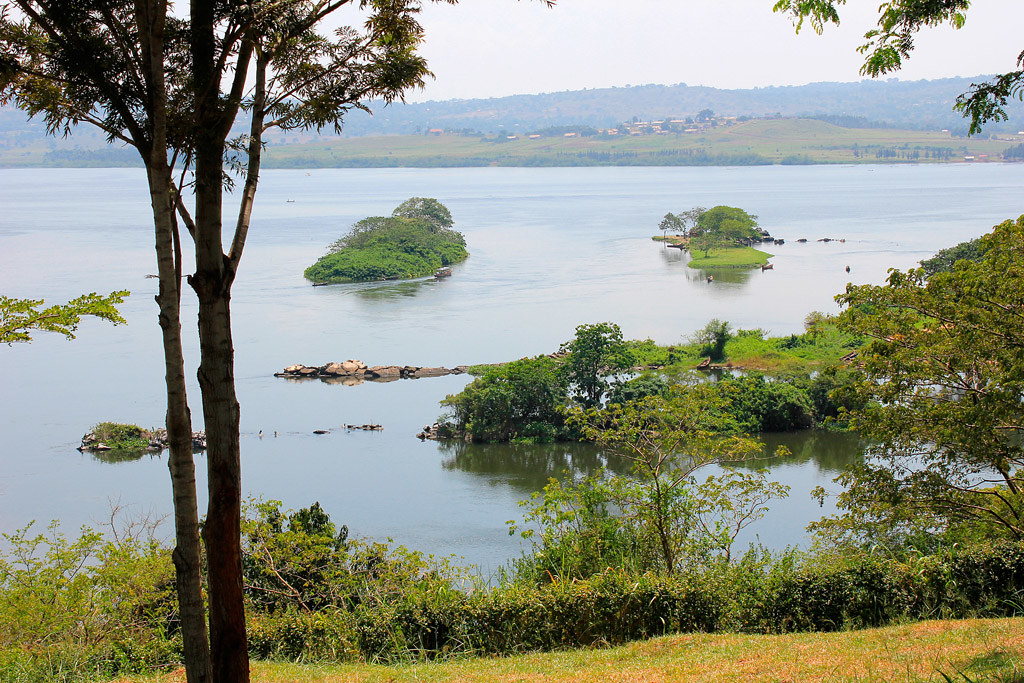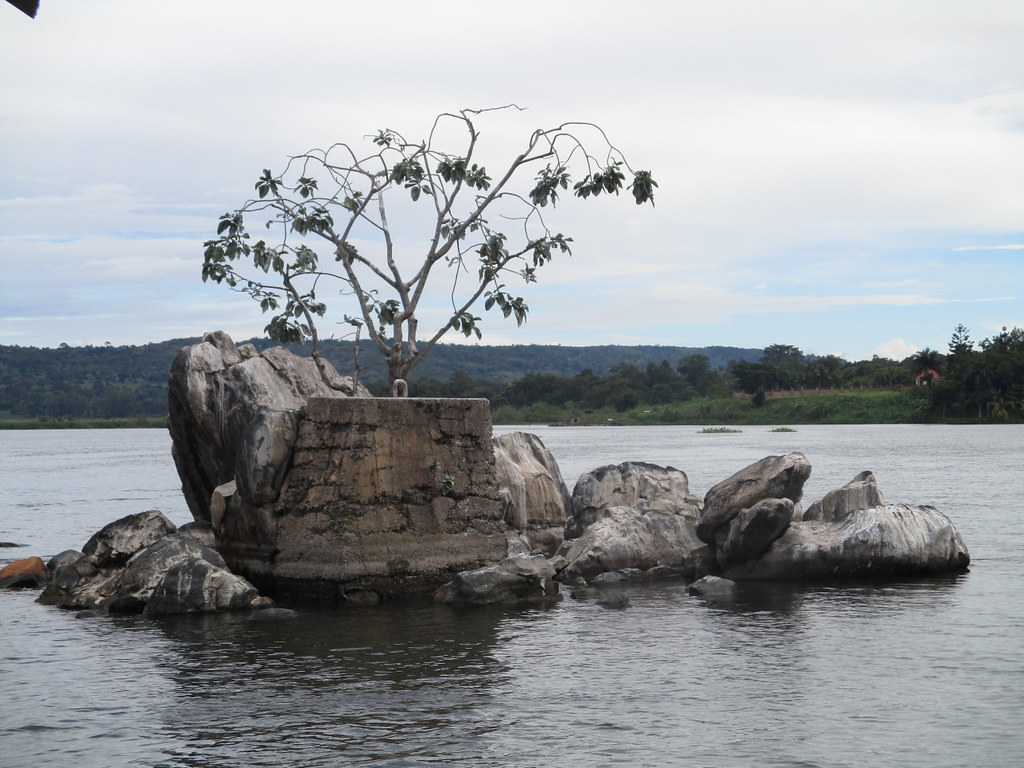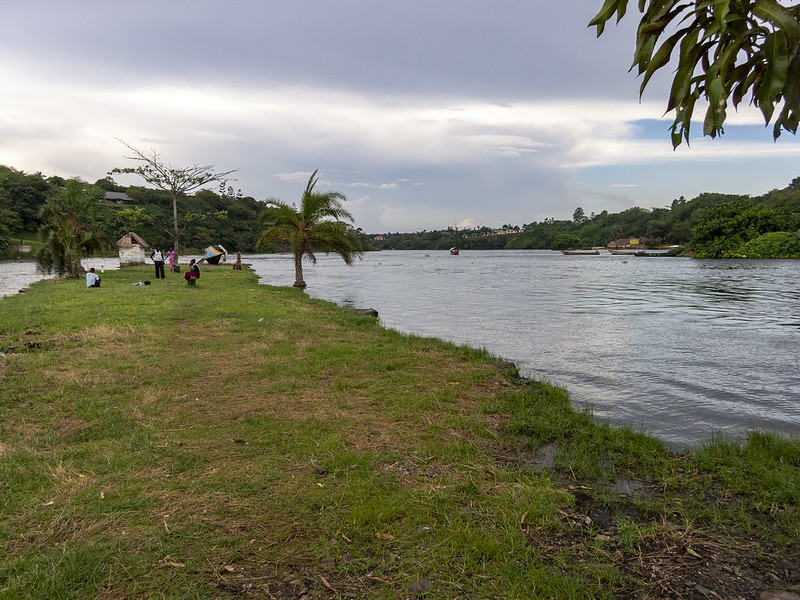Source of the Nile : The Longest River in the World
The Source of the Nile is a global landmark that draws numerous travelers to Uganda, as it marks the origin of the longest river in the world. The River Nile is renowned as the longest river in the world, deriving its name from the Greek term meaning “valley.” It was regarded as the source of the Nile by ancient civilizations and has significantly influenced the history of African nations. This is a natural marvel located on the African continent, commencing in Jinja, a developed town in Uganda in the northeastern part of Africa. It is one of the largest tourist sites in Uganda.

What Activities Are Available in Uganda as a Destination
The Nile transports its waters from the equatorial region to the eastern mouth of the Mediterranean Sea. The River is the longest river in the world, measuring 6,696 kilometers. It serves as an international river, draining its basin across over 11 nations, with the majority of its water concentrated in Uganda and Egypt. Additional countries include Ethiopia, South Sudan, Kenya, Eritrea, Tanzania, Rwanda, Burundi, the Democratic Republic of Congo, and the Republic of Sudan. The Nile basin encompasses 3.4 million square kilometers and comprises two primary branches: the White Nile, which is shallower than the Bahr-el Arab rift, reaching depths of up to 9 kilometers, and divides into three areas: the plateau region, the Sudd, and the central Sudan region. The Blue Nile is estimated to possess a depth of between 5 to 9 kilometers. The White Nile and Blue Nile are natural water bodies originating from Lake Victoria and Lake Albert in Uganda, converging in Khartoum to constitute the Nile, which includes the cascading section of the Nile in Egypt.

The term “Nile” originates from the Greek “Neilos” and the Latin “Nilus,” both signifying a valley or river valley. The Nile, along with several other significant rivers, flows from the southern region to the north and experiences flooding during the hottest season of the year, a phenomenon that perplexed ancient Egyptians and Greeks. Historically, the ancient Egyptian river was referred to as Ar or Aur, or ‘Black,’ which pertains to the color of the sediment transported by the river during floods. The Nile mud is predominantly black, which contributed to the land’s ancient designation ‘Kemi,’ signifying black, and also suggests an association with darkness. The Nile traverses Egypt and Sudan and is currently referred to as Al-Bahr or Bahr, or Al-Nile.

A historical account of the origins of the Nile River.
The source of the Nile was historically identified by John Hanning Speke on August 3, 1858. He was the son of a military officer from the West Country and joined the East India Company army at the age of seventeen in 1844. In 1854, he chose to participate in an expedition to East Africa led by Captain Richard Burton, who had returned specifically to visit Mecca as an Arab pilgrim the previous year.
In 1856, John Speke accompanied Burton on another expedition to East Africa, organized by the Royal Geographical Society. In early 1858, he discovered Lake Tanganyika during his expedition to the interior region opposite Zanzibar. After three months by the lake, both Burton and Speke fell ill, necessitating their return to the coast. Furthermore, they sought another water body north of Tanganyika. In August, he described a vast expanse of pale blue waters on the northern side of the lake, which he named Lake Victoria, believing it to be the source of the Nile. Regrettably, the quest to identify the source of the Nile proved arduous for both individuals; but, in 1858, John Speke ultimately located the source, a revelation that Burton found difficult to accept as genuine.

The remarkable origin of the Nile is often attributed to Lake Victoria, the largest lake in Africa; however, this lake is nourished by other rivers, notably the Kagera River, which flows into Lake Victoria near Bukoba in Tanzania. The Nile’s length is contested, particularly regarding the Kagera River, complicating the determination of the Nile’s true source.
In Uganda, the Nile exits Lake Nyanza at Ripon Falls, near the largest city, Jinja, and the Victoria Nile. The river runs northward for around 130 kilometers to Lake Kyoga. The final segment of the river section measures approximately 200 kilometers in length, commencing from the western shores of the lake. It initially extends westward until it reaches just south of Masindi Port, where the river veers northward, forming a substantial semicircle to the north and east until Karuma Falls. The remaining portion flows westward through Murchison Falls, ultimately reaching the northern shores of Lake Albert, where it exhibits a significant river delta. It also extends northward in Uganda, referred to as the Albert Nile.
Although it is a fibrous location, the source of the Nile marks the commencement of the river’s extensive journey to the Mediterranean Sea. Visiting the Nile provides an exceptional opportunity to witness the longest river in the world and the largest freshwater lake in Africa, offering a plethora of exhilarating activities, including jet boating, bungee jumping, kayaking, swimming, horseback riding, quad biking, and white-water rafting, among others.
White Water Rafting on the Nile River Uganda is renowned as the “Pearl of Africa” due to its numerous natural wonders, including the source of the Nile, discovered by John Speke in 1858. This river, the longest in the world, has significantly influenced the country’s history and offers exhilarating white-water rafting experiences.White water rafting on the River Nile occurs year-round due to Uganda’s favorable equatorial climate.This extraordinary experience, characterized by warm water, abundant sunshine, and minimal rainfall, renders white water rafting here remarkable and unique.The Nile rapids offer rafters an exhilarating experience unparalleled by any other, leading to pools of white water where one may stop and swim while observing many bird species and wildlife in this warm locale.
Bungee jumping is an uncommon sport compared to other pursuits conducted near the River Nile in Uganda. Bungee jumping enables the adventurer to plunge towards the colorful Nile from a height of around 40 meters, offering a distinctive experience for those seeking an excursion. Due to its brevity, it may be integrated with other remarkable activities during your Uganda Safari Tours.
Kayaking on the River Nile is the sole method to fully appreciate the experiences it offers. This activity is conducted at low water levels, utilizing a boat where the paddler faces forward with legs extended, employing a double-bladed paddle to propel the vessel by alternating strokes forward and backward to navigate direction. Through this exhilarating experience, a traveler can observe the adjacent countryside, towns, and exotic birds feasting on fish, as well as kayak on the Nile among breathtaking weather.
Swimming in the River Nile in Jinja is feasible due to its absence of bilharzia, other infectious diseases, and harmful wildlife such as hippos and crocodiles.
Equestrian Activities: Experience horseback riding along the banks of the River Nile, traversing agricultural landscapes while engaging with local populations in the countryside, accompanied by children seated comfortably, all while inhaling the pristine air and listening to the birds.
Quad Biking: Quad Biking transcends mere enjoyment; it is the quintessential way to spend a sunny afternoon in Jinja along the River Nile. Additionally, one can traverse the countryside and encounter normal Ugandans en route to work, with some tending to their gardens, while youngsters cheer in encouragement. To partake in these activities, travelers must book their tour to Jinja in advance of their arrival in Uganda with a reputable tour operator. For Gorilla Trekking in Africa, we can meticulously arrange your tour, including accommodations with excellent facilities and additional services.
The Source of the Nile River is optimally accessible throughout the year, contingent upon Uganda’s climatic conditions.
Accommodation options:
The source of the Nile River is flanked with exquisite lodging options, and the panoramic vista of the river is gratifying. The accommodations vary from luxury to budget and mid-range options, including Jinja Safari Camp, The Mansion Hotel, Nile Anchor Palace, Al-Nisaa Hotel and Spa, Gately on Nile, Signature Hotel Apartments, Royal Park Hotel, Emirina Travel Hotel, Living Water Resort, Casa Mia Baliidha, Jinja Base Camp, Nile Front Cottages, Living Water Resort, and numerous other quality lodging facilities along the Nile.
The source of the Nile is situated within a few kilometers from Uganda’s capital, Kampala, accessible via a surface road through Lugazi in around 2 hours and 12 minutes.
